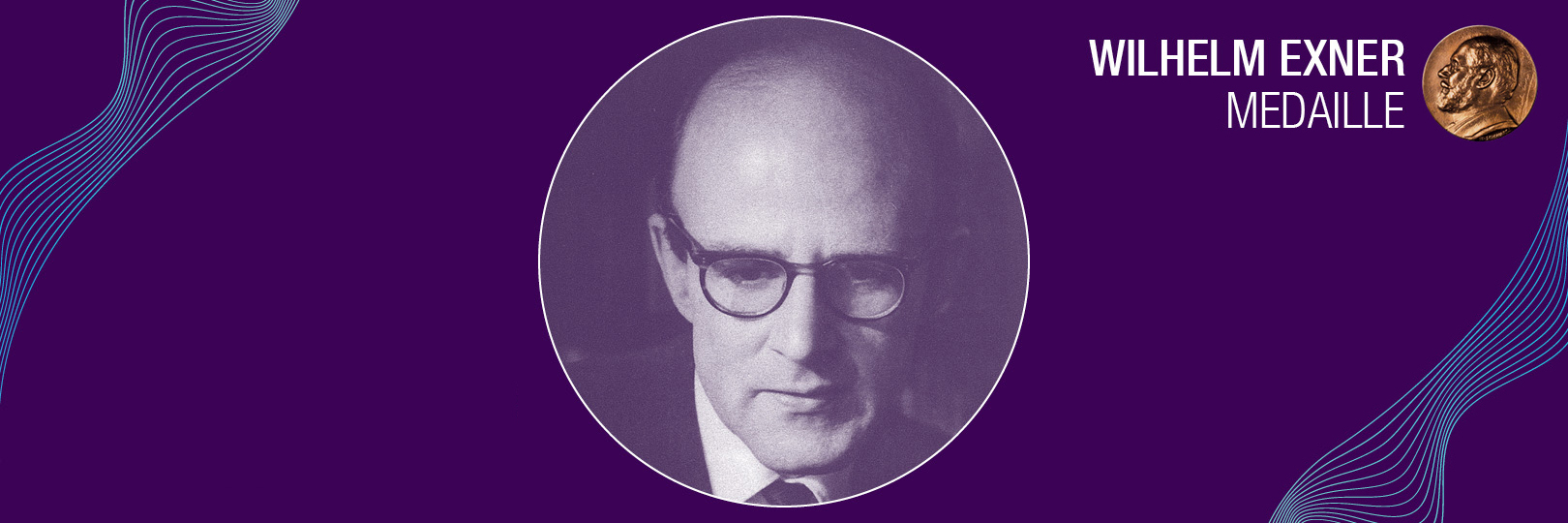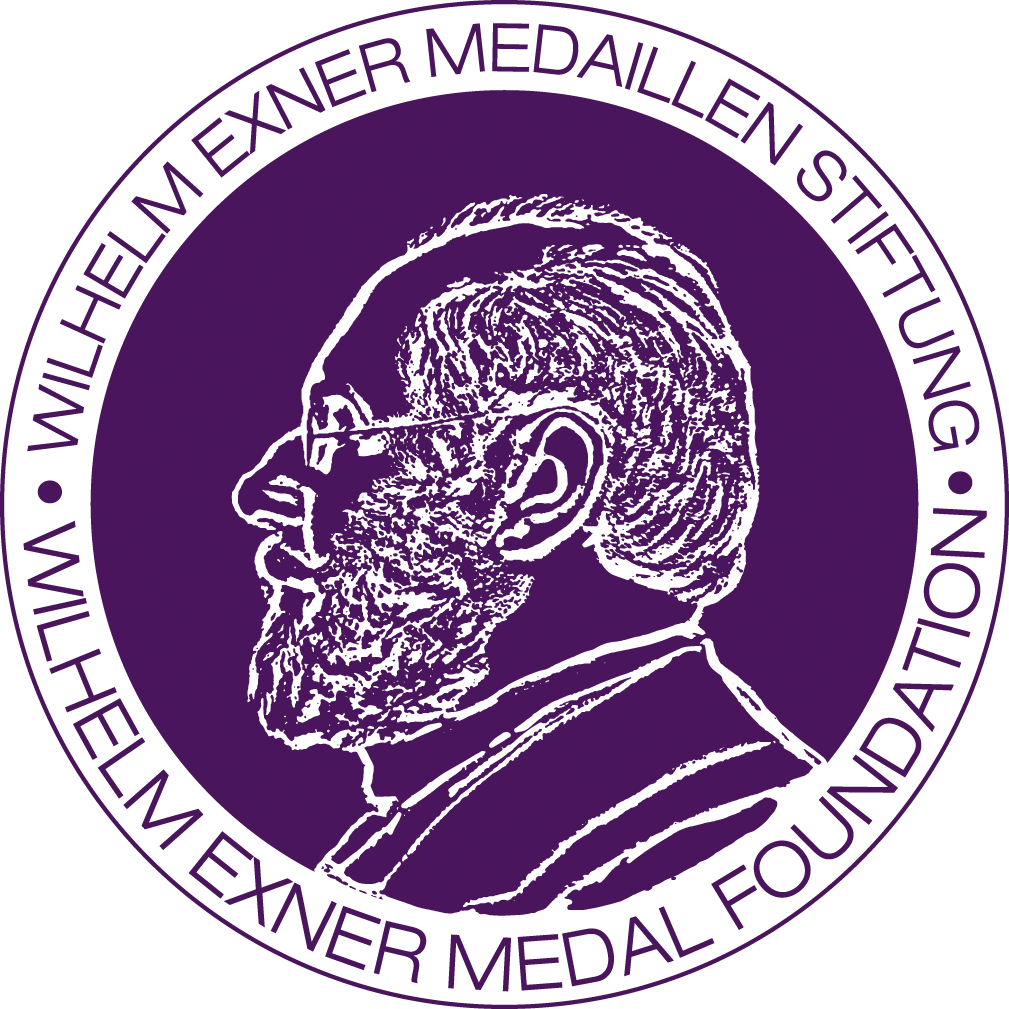
Max Ferdinand Perutz was awarded the Nobel Prize in Chemistry in 1962, together with John Cowdery Kendrow, for his work in determining the structure of the blood pigment (hemoglobin). The current state of molecular biology would be unthinkable without the scientific work of Max Perutz and Kendrow.
By deciphering the spatial structure of the blood pigment hemoglobin, Perutz laid the foundations for a deeper understanding of the mechanisms constituting and sustaining life at the molecular level. The later founder and – until 1979 – director of the Institute of Molecular Biology of the Medical Research Council (MRC) in Cambridge studied chemistry at the University of Vienna.
His teacher Fritz Wessely drew Perutz’s attention to the work on enzymes and vitamins that was taking place at Cambridge University at that time. Through the mediation of the Viennese chemist Hermann Mark, Perutz joined the Cavendish Laboratory in Cambridge. There he discovered his lifelong research interest in deciphering the spatial structure of proteins.

